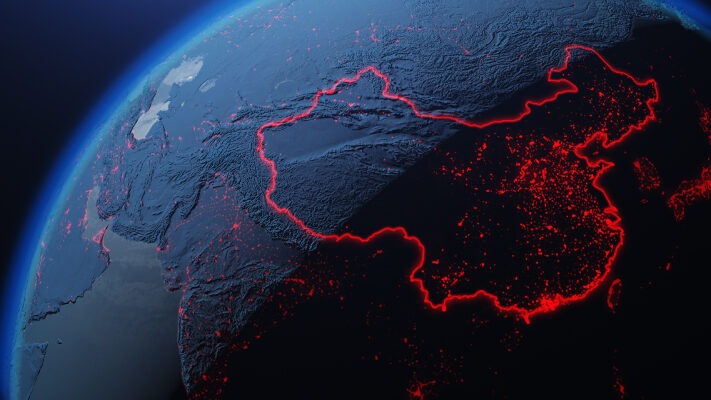State Grid to invest $77 billion in the power grid in 2023
China's State Grid Corporation to invest $77 billion into transmission in 2023, and $329 billion through the 2021-2025 Five-Year Plan period.

Image for illustration purposes
China: Xin Baoan, chairman of China’s State Grid Corporation declared this week that he will invest $77 billion into transmission in 2023, and $329 billion through the whole 2021-2025 14th Five-Year Plan period. The other major electric utility – China Southern Power Grid will contribute with $99 billion which will together with some regional companies, brings the national total investment to $442 billion.
State Grid already invested $73 billion in 2016 and $74 billion in 2022 – but due to accelerated scale of renewable energy development, a rapid yearly growth can be expected. According to Xin, one-quarter of electricity consumed in the country is traded across provincial boundaries. However, now a large fraction of new capacity is being built in the desert, which includes almost all of the 455 GW wind and solar to be constructed by 2030, as a part of the large-scale base project scheme.
In 2023, Inner Mongolia will see 25GW that are already commissioned and $3.76 billion will be invested in power grids dedicated to supporting renewables. In December alone, Xinjiang, China’s distant desert province adjoining Central Asia with a population of 26 million, installed 2.6 GW of new renewables. Imagine if the US, population 350 million, installed the proportionate figure of 35 GW just as a last-month rush that accounted for say a quarter or a third of annual development.
Another Xin Baoan’s big investment this year is the commissioning of four pumped hydro plants and the beginning of construction at five others. The typical scale of such plants is between 1.2 GW and 2.1 GW, with no less than 68.9 GW across 48 projects approved last year, with an investment cost of $67 billion. State Grid itself will hold 38 GW of operational pumped hydro by the end of 2023, but the national total for 2022 is 45.5 GW, with 121.4 GW under development.
If everything goes according to the plan, China’s full scale of multi-GW wind-solar complexes will be 455 GW by 2030. In case plans change, that number can only be increased. The first batch consisting of 97 GW has entered construction and development, with some commissioned. The second batch of similar scale should be completed by the end of the current 14th Five-Year Plan, so by the end of 2025, at which point 200 GW of the total will have been completed. Of the total 455 GW figure, 418 GW will be constructed in China’s desert and the remaining 37 GW in coal mining subsidence areas.
The National Energy Administration (NEA) has implied how much of this 455 GW will require long-distance transmission. In the 14th and 15th Five-Year Plan periods only 50 GW and 90 GW will be built for “local use”, while the remaining 150 GW and 165 GW – 315 GW in total – should be used across provincial and regional boundaries.
That means HVDC and UHVDC, a Chinese specialty, will be built to serve that 315 GW, with the national pace of such transmission developments more than doubling. Shenwan Hongyuan Securities said that investment in converters alone will reach $15 billion in the period up to 2030, while Everbright Securities expects $66 billion to be invested in UHVAC and UHVDC lines in the period. State Grid has 33 UHV lines, AC and DC, with a combined inter-provincial and inter-regional transmission capacity of 300 GW. In 2021, one low but not far outlier cost for UHV transmission was $7.6 per MWh, including a loss rate of 5%, on a line from northern Shaanxi to Hubei Province – roughly from Taiyuan to Wuhan on the below map.
Global Energy Interconnection Development and Cooperation Organization estimates that such flows will have increased 60% from 2019 to 2025, as China’s power development shifts from locations of demand to locations of wind and solar resource, both of which are best in the sparsely populated regions of the country. China Electric Power Research Institute predicts that distributed energy in the densely populated east and south will only come to 2,500 TWh in 2060; for scale, China’s total national demand was 8,637 TWh in 2022. As a consequence, the Institute expects that renewables-serving transmission capacity running out from the China’s north west will need to grow from 63 GW in 2021, to between 155 GW and 252 GW.
Source: Rethink Technology Research




